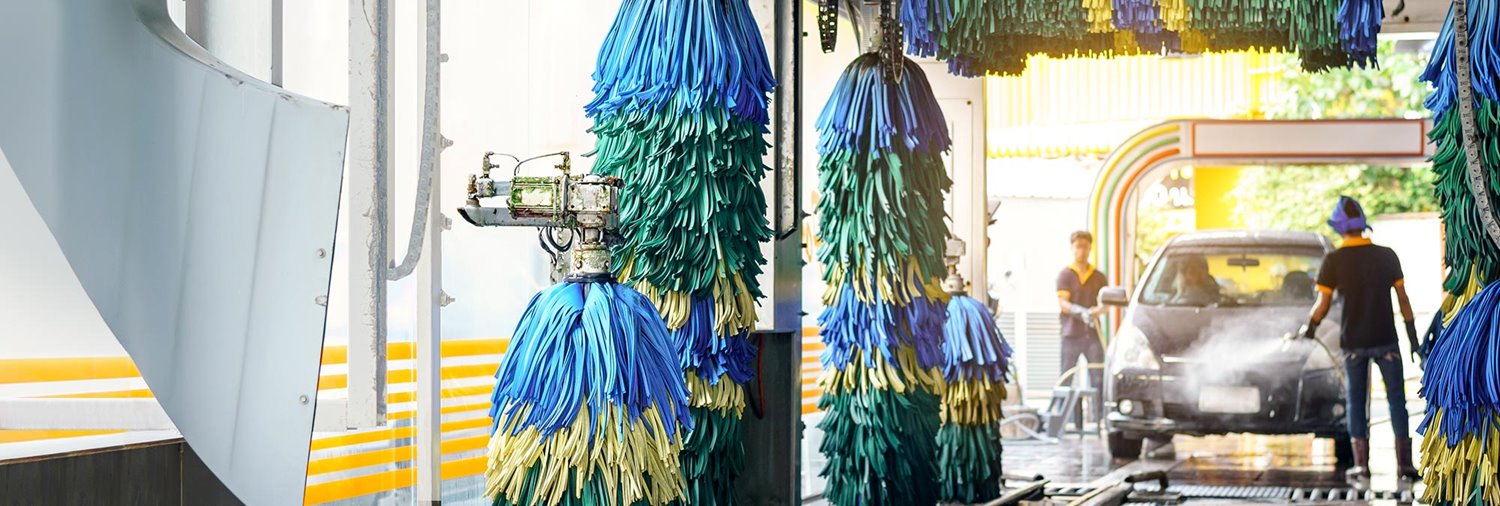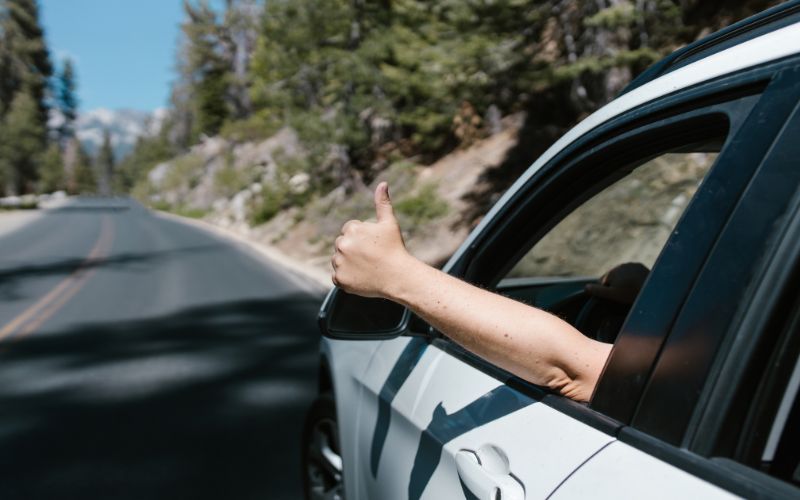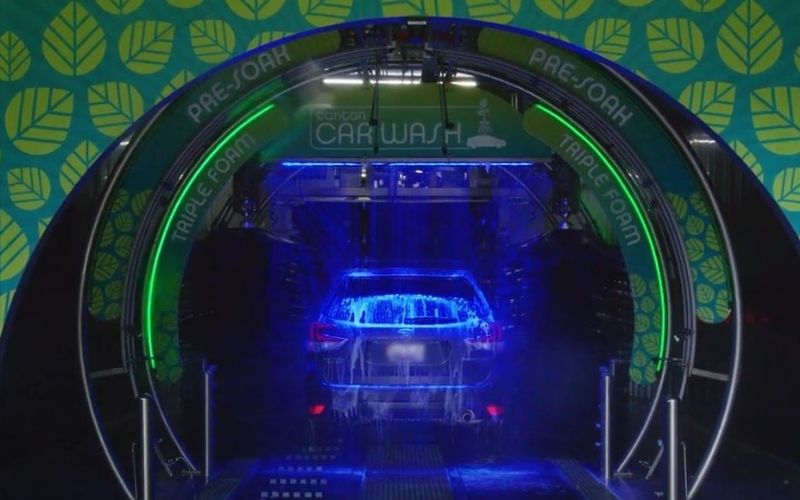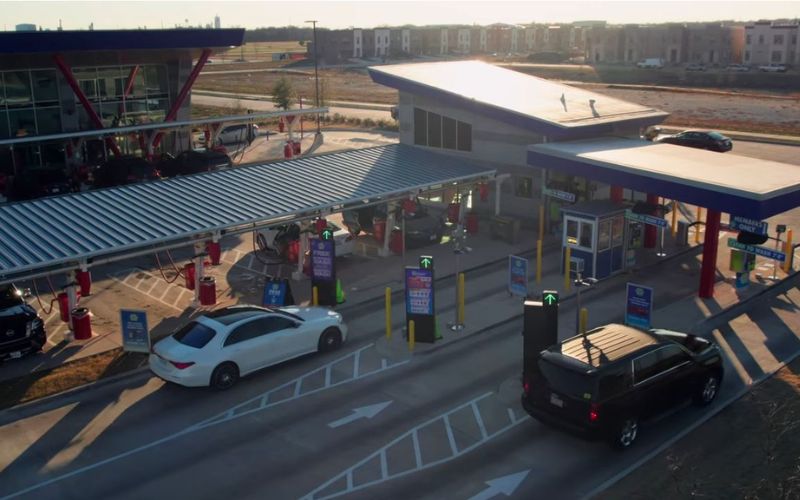Learning Library


Case Study
Considering launching a Beacon app at your car wash? Wash Depot says "Go for it!"

Webinar
May 28, 2025
Key metrics like throughput, conveyor utilization and downtime are directly tied to your efficiency and profitability.

Blog Post
Who Are “Proxy Members,” and Why Are They Vital to Your Success?
May 21, 2025
While monthly wash plan members are vitally important, there is another group you don't want to ignore - Proxy Members.
Read more
Blog Post
What's New in Car Wash Technology
April 22, 2025
Game-changing advancements in car wash technology are available and ready to drive results at your wash. See what's new!
Read more
Blog Post
Meeting the Needs of the Changing Car Wash Consumer
April 18, 2025
Having a quality wash at a great price with excellent customer service doesn't guarantee success. You meet the needs of today's consumer. Read more

Case Study
Reduced Damage Claims, Increased Throughput and Maximized Revenue With NoPileups
April 3, 2025
Learn how NoPileUps™ and Canton Car Wash work together to reduce damage claims, increase throughput and maximize revenue.
Read more
Webinar
Webinar: The Latest in Pricing Strategies: New Approaches for Today's Market
April 3, 2025
Whether you’re seasoned in car wash pricing or new in the industry, this webinar provides valuable insights to refine your approach.
Read more
Case Study
The Key to Wash Masters Car Wash's Past, Present & Future Success
March 17, 2025
After a long partnership with DRB® and its parent company, Vontier, Wash Masters trusts DRB with its future growth.
Read more
